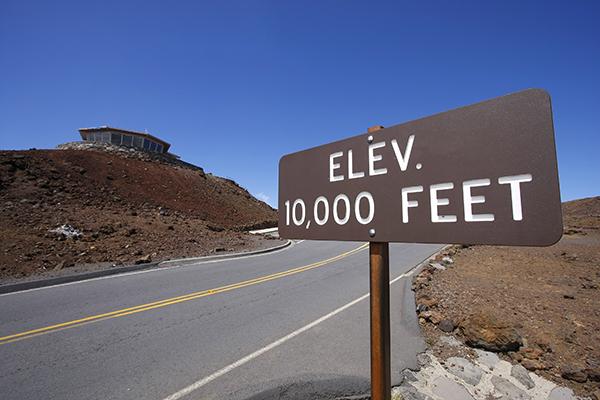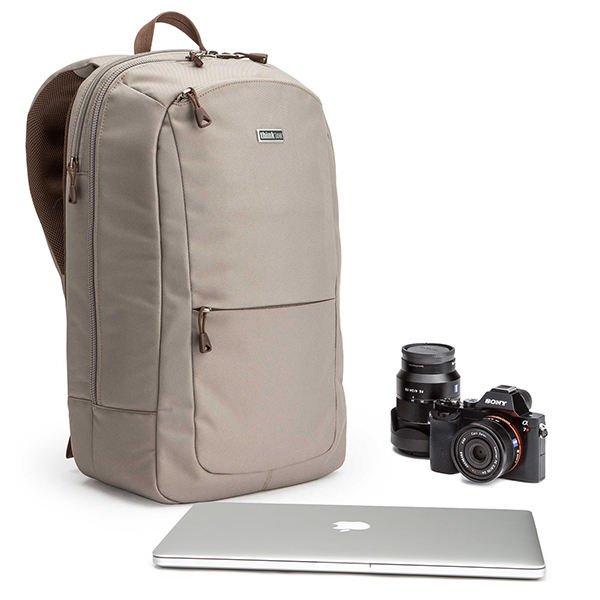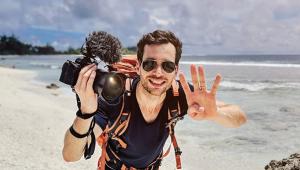7 Vacation Travel Tips for Photographers

Vacation season is approaching fast! Like millions of other Americans, you may be planning to travel to a destination where you can do a few of the things you really enjoy—including some inspired photography. Whether you’re headed to Tokyo, Toronto or Terre Haute, Indiana, here are a few tips that will help you enjoy your adventure.
1. Try Before You Fly!
Buying a new camera for your vacation trip? Great! To avoid disaster, be sure to test it a few dozen times before you leave. Try every shooting mode, high and low ISO settings, movie mode, and so forth. Shoot at least 100 images under various conditions, download them and carefully examine each one. Nothing is more foolhardy than to take a brand new camera on vacation without carefully putting it through its paces first.
And don’t forget to bring the owner’s manual—even if your camera is not brand new. You may have the opportunity to try a seldom-used feature—White Balance Bracketing, for example—so be sure you have the instructions with you. (As a bonus, you’ll have something to read if your flight is delayed.)
2. Take Two
Even if you have a serious DSLR camera and a passel of lenses, bring along a compact point-and-shoot camera in your pocket, purse or on your belt. You’ll find yourself using it often—during dinner, for instance, when it’s a major pain to dig out the DSLR. You’ll also be braced against disappointment if (heaven forbid) your primary camera malfunctions or gets carried away by a spiteful capybara.

3. Low Profile
Take a good look at your gadget bag. If it screams “I’m full of camera equipment! Steal me!” you are asking for trouble. There are plenty of under-the-radar-type camera bags available. Along the same lines, record the serial numbers of all of the equipment you pack, just in case something does get lost or stolen. Without serial numbers it’s virtually impossible to recover lost property, file a police report or make an insurance claim in the event of a mishap.
4. Prepare: Pack Spares
Bring extra memory cards and batteries. And don’t forget your battery chargers (including the one for your mobile phone). If you think you’ll need one 32GB memory card, pack two. Compared to the value of lost memories, the cost of an extra card or battery is really insignificant. If packing spare Lithium Ion primary or rechargeable batteries, be aware that FAA regulations are quite strict. From the FAA website: “Spare (uninstalled) lithium ion and lithium metal batteries must be carried in carry-on baggage only. When a carry-on bag is checked at the gate or at planeside, all spare lithium batteries must be removed from the bag and kept with the passenger in the aircraft cabin. The battery terminals must be protected from short circuit.”

5. Obey the TSA
Security lines can be long, travelers can become impatient and—hey—no one likes taking off their shoes, belt and so forth in an airport terminal. But keep your cool. TSA is the abbreviation for Transportation Security Administration but it really means “Travel Safe America.” It’s not a perfect system, but it’s working.
6. Small is In
Remember that the maximum allowable size for carry-on luggage on most airlines is 14x22x9 inches. In metric that’s 22cm x 35cm x 56cm (which strangely sounds larger). Most camera bags and photo backpacks fit within this specification, but you can save yourself some anxiety by measuring yours before you leave home. And remember that some airlines—particularly those in foreign countries—have different maximum size limits, so it’s best to call them directly and get the latest.

7. Do Your Thing
There is one place I visit no matter where I travel: the local grocery store. Sounds weird at first, maybe, but I like to see what people eat and where they buy it. Grocery stores always yield interesting photos and I never fail to find something cool and unusual to shoot—or to eat.
—Jon Sienkiewicz
- Log in or register to post comments

















































